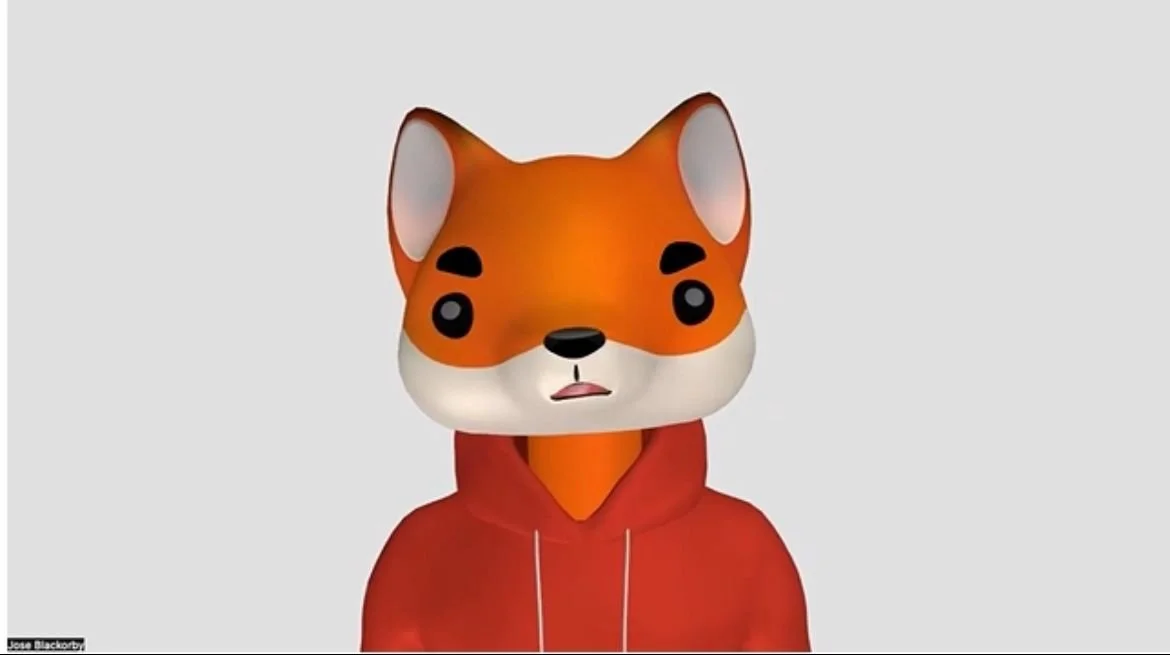Rethinking Feedback: A Harvard Lesson on Universal Design for Learning (UDL)
By Doris Komla | Harvard Graduate School of Education | Inclusive Education Advocate
I opened the Harvard Graduate School of Education Canvas platform the other day to check feedback on one of my assignments, and there it was: a video from my professor, delivered through a talking fox avatar! 🦊
At first, I just smiled. It was creative. Unexpected. But it stuck with me.
Then came the deeper reflection:
How many ways do we think about giving feedback to our learners?
Do we truly understand how each student receives feedback best?
And more importantly, do we design feedback to match their unique learning strengths?
As educators, we often say, “I gave it my best.” But do we give our best in a format every learner can receive and act on?
The real question is not “Why didn’t the student understand?” but “Did I offer feedback in a way they could process, apply, and grow from?”
That fox avatar? It wasn’t just cute. It was strategic.
The UDL Connection: Feedback That Learns the Learner
I realized my professor was applying the Universal Design for Learning (UDL) framework, an approach developed by CAST (Center for Applied Special Technology) that encourages educators to proactively design learning experiences to accommodate learner variability.
UDL is built around three core principles:
Multiple Means of Engagement (the why of learning)
Multiple Means of Representation (the what of learning)
Multiple Means of Action & Expression (the how of learning)
By using a visual, auditory, and emotionally engaging format, my professor transformed feedback from a passive moment into an inclusive, learner-centered experience. That feedback was no longer just a comment, it was connection, motivation, and growth.
Why This Matters: Designing for All Learners
This experience reminded me that feedback is not just about content, it’s about delivery. How we give feedback can either support or limit a student’s ability to learn and succeed.
Let’s normalize multiple means of feedback:
🎥 Video
🧠 Mind maps
✍🏽 Written comments
🎨 Visual metaphors
🗣️ Voice notes
Whatever helps students hear us, feel seen, and act on it.
Because feedback isn’t just a grading moment. It’s a chance to build trust, spark growth, and make learning personal.
A Call to Action: Feedback That Works for the Learner
Imagine a dyslexic student, how best would they receive feedback?
Would walls of text help? Or would an audio explanation, a visual mind map, or a quick video resonate more?
The best educators don’t just give feedback. They ask: “What does this student need to grow?”
Feedback becomes more than a task, it becomes a tool for empowerment.
If you’re passionate about inclusive teaching, learner-centered design, and creating more equitable classrooms, let’s keep the conversation going. Contact me
#ArtfullyYours #HarvardEducation #DorisKomla #UDL #FeedbackMatters #LearnerCentered #HGSE #CanvasLMS #InclusiveEducation #CAST #UniversalDesignForLearning #EducationLeadership #TeachingWithHeart
